The forgotten kurds - I curdi dimenticati
These are the areas where I had my first and snap impact with the real difficulties of some people who have fled conflicts nowadays still present. People who are linked by the common need to put an end to a condition of continued instability.
During some of my travels I started to share some stories of life with the various Kurdish communities met within territories I’ve passed by . I always had a strong bond to these communities, since I was a child. This is mainly due to personal friendships, developed over the years, with some Kurds stabilized in Italy who told me the vicissitudes of their own people.
The Kurds, after the end of World War I, were divided due to the creation of new borders and nation states, dictated by the victors of the conflict. Some of them, abruptly separated by a boundary line created by the dissolution of the Ottoman Empire, have been always living the suffering of fragmentation. The territory of Kurdistan, is indeed now divided between Iran, Iraq, Turkey and Syria. This has caused many times the break-up of families who once lived in the same context; this is in particularly visible in a long part of the border between Turkey and Syria.
In many of my travels in Iran, Iraq and Turkey, I have often been generously welcomed by Kurdish families and with them I always breathed an atmosphere of tranquility and deep vitality, giving an intense meaning to every meeting; between 2013 and 2015 this “inner peace”, especially in Syria and Iraqi Kurdistan, has been suddenly broken.
When I heard about the siege on the Kurdish city of Kobane, in northern Syria, attacked on several fronts by the militias of the Islamic State and its allies in the fall of 2014, I got really scared that the area could fall into their hands; I was terrified about the idea that people I’ve been known in Kurdistan could suffer the same fate of those who earlier had passed earlier in the clutches of the militants of the Islamic State.
While I was watching some images of the struggle between Kurdish militias and Jihadists, shoot from an hill facing Rojava in Turkish territories where I was a few years before, I immediately thought of returning to Kurdistan: “I had to go there , I’ve it was a 'need and a duty at the same time”, I said several times to some friends in that days. There was a strong need to stay close to the Kurdish population which at that time as often in the history, it was left to itself from the rest of the world. In October of 2014, I therefore flown to Turkey, where I started to follow the situation of the Kurds on the border between Syria and Turkey. In that days, many Kurds, were locked on the border, closed by the Turkish authorities. They were trying in various ways to escape from the territories of Rojava (Kurdistan in Syrian territories) under siege, in order to reach family members, relatives and friends living on the other side of the border. I started to live on border areas, trying to analyze the situation Fortunately, in those difficult months, hundreds of people from all over the Anatolia had reached the Turkish-Syrian border to actively show solidarity with the Kurds. Thanks to constant lobbying Turkish state and the opening of several passage on the border line, in November 2014, the important goal to salvage thousands of refugees fleeing from the Islamic state, have been achieved, managing a difficult humanitarian situation. In those months, I started to get into a more intimate relationship with the lives of those who fled, I slept with them in tents organized by the Kurdish population within the Turkish territory and, day after day, I had the proof of the overwhelming strength solidarity in those tortured territories.
In March 2015, shortly after the liberation of Kobane, I took the decision to enter in the city following a massive flow of people who had decided to return to Rojava, despite the difficulties and the disastrous situation. It’s properly from here that born the idea of developing a long-term visual project about the Kurdish population. A project which will run until the summer of 2016, when a great part of Kobane’s population could return to the city, after months of forced exile. A project which attempted to bring together the photographic evidence gathered during the span of two years, following the gaze of an entire community in exile. This is how I tried to tell through a sort of "visual journey" what the people of Rojava have seen right before their eyes in their wanderings: from the war front in the south of Kobane, until the desolation of the city itself, then passing through the "Bakur Kurdistan", (Kurdish territory in Anatolia), trying to focus on the passing of life in the shade of a constant siege and a perpetual fugue.
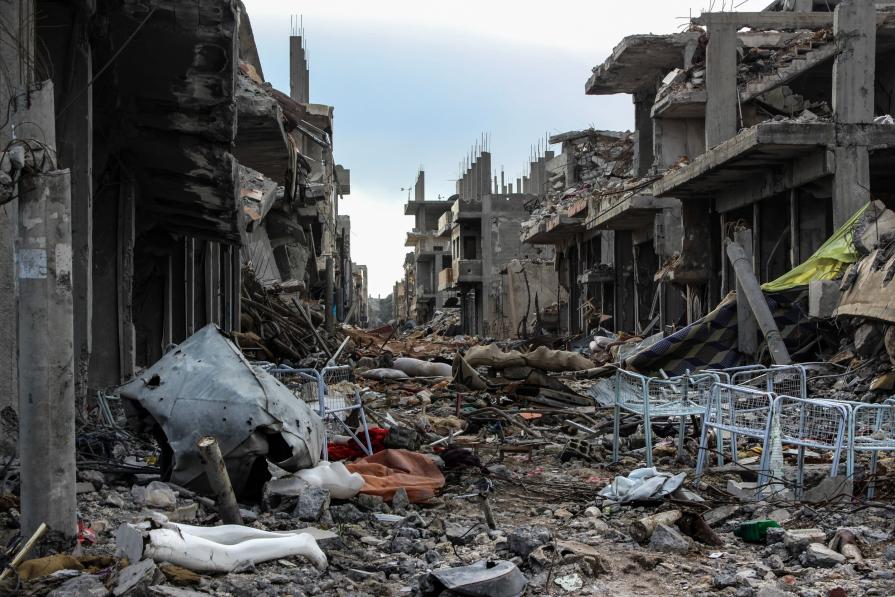
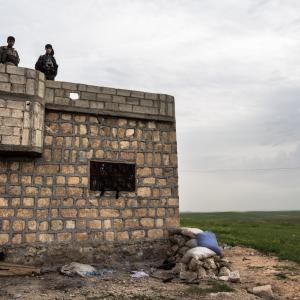

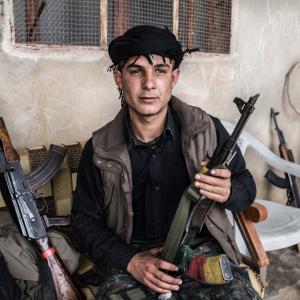

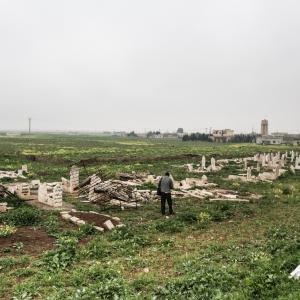

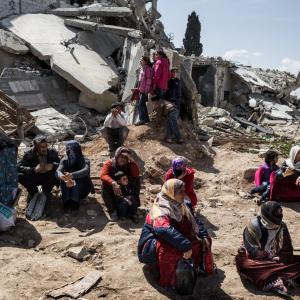

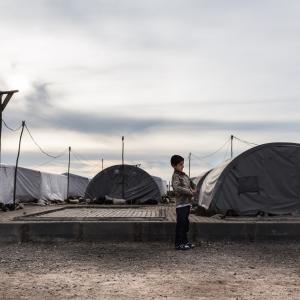



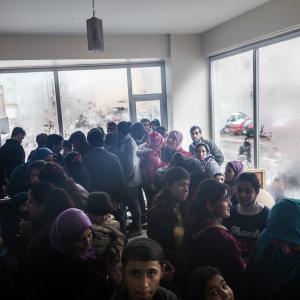















Comments 0
Say something